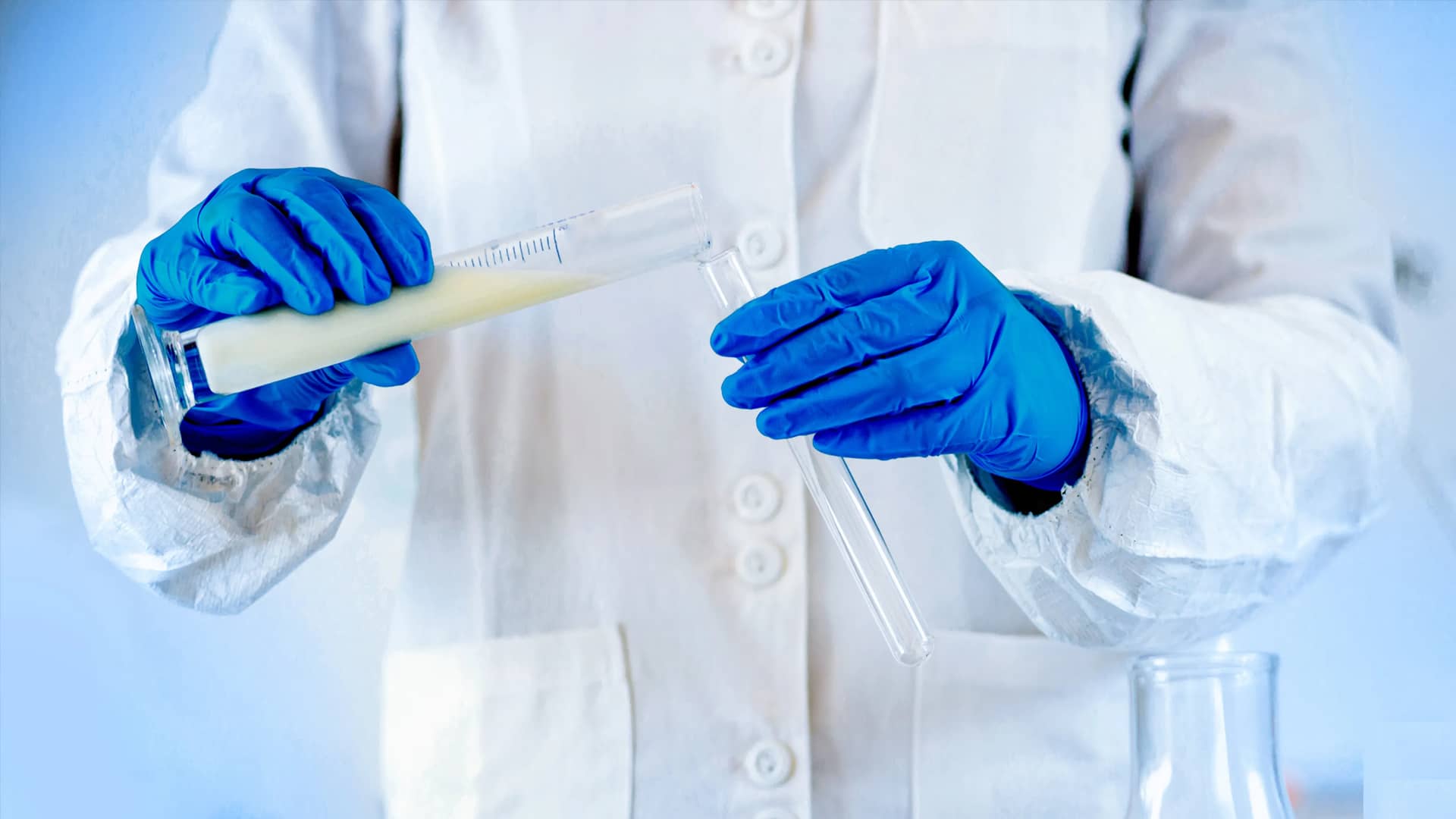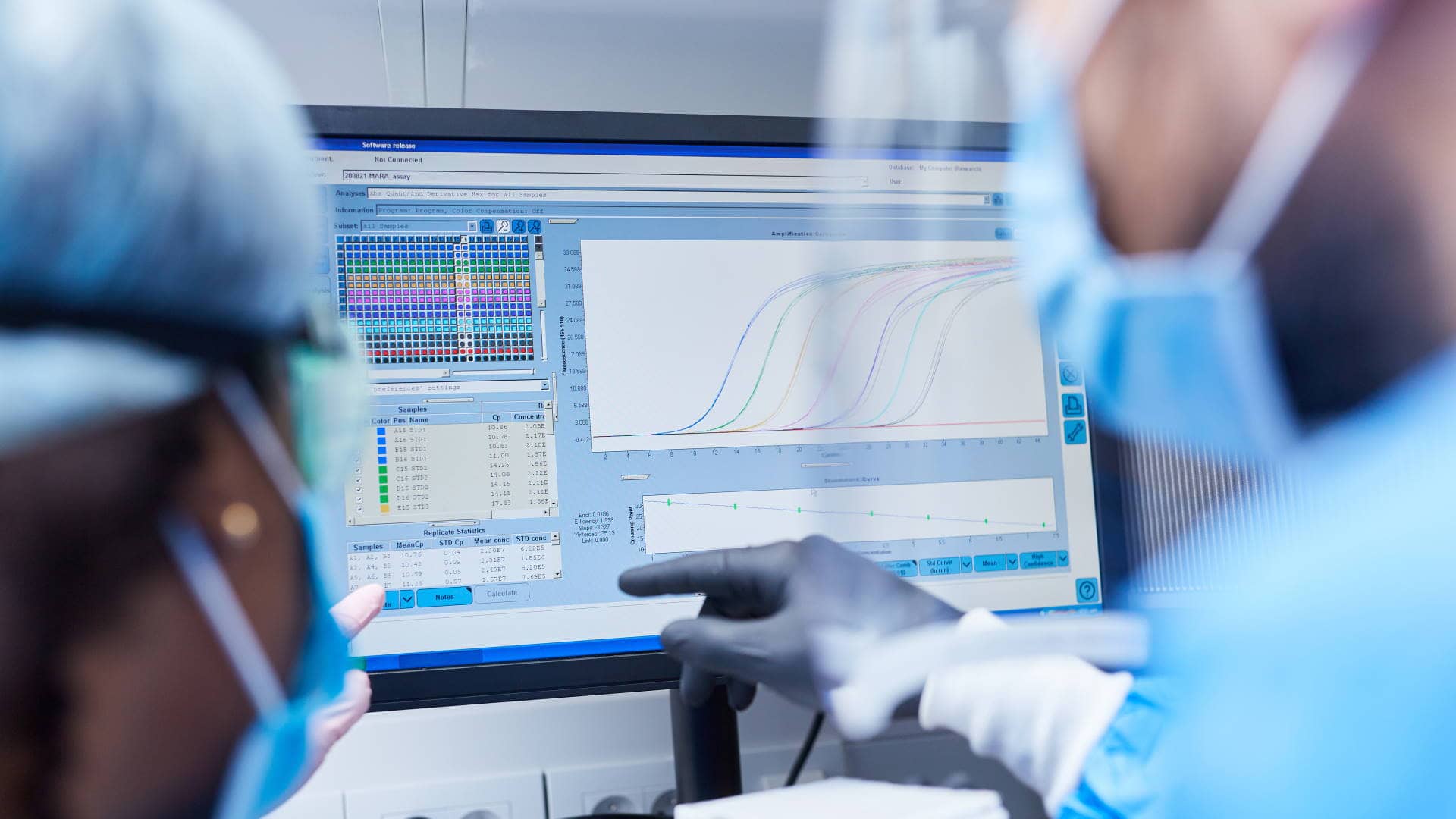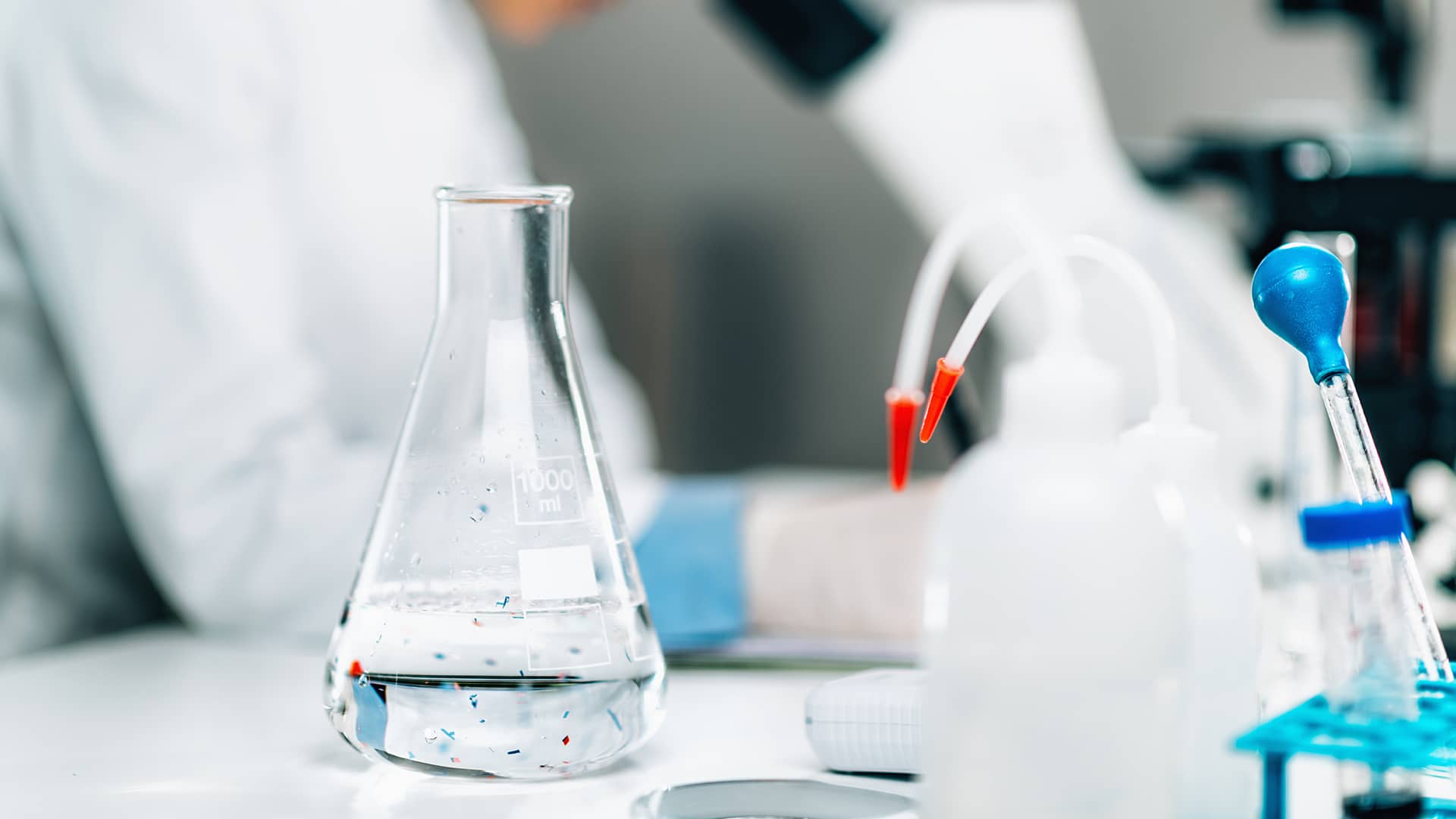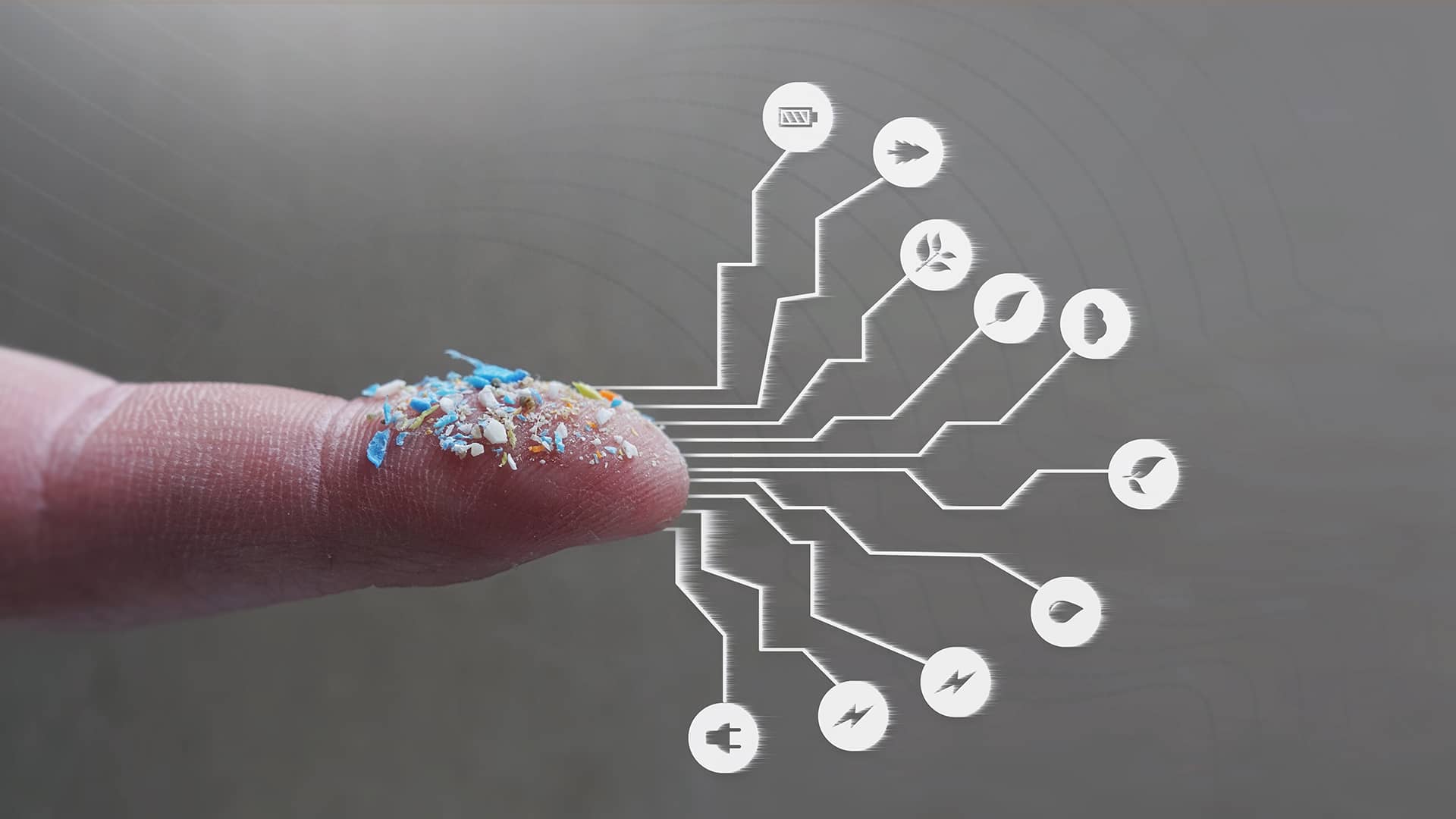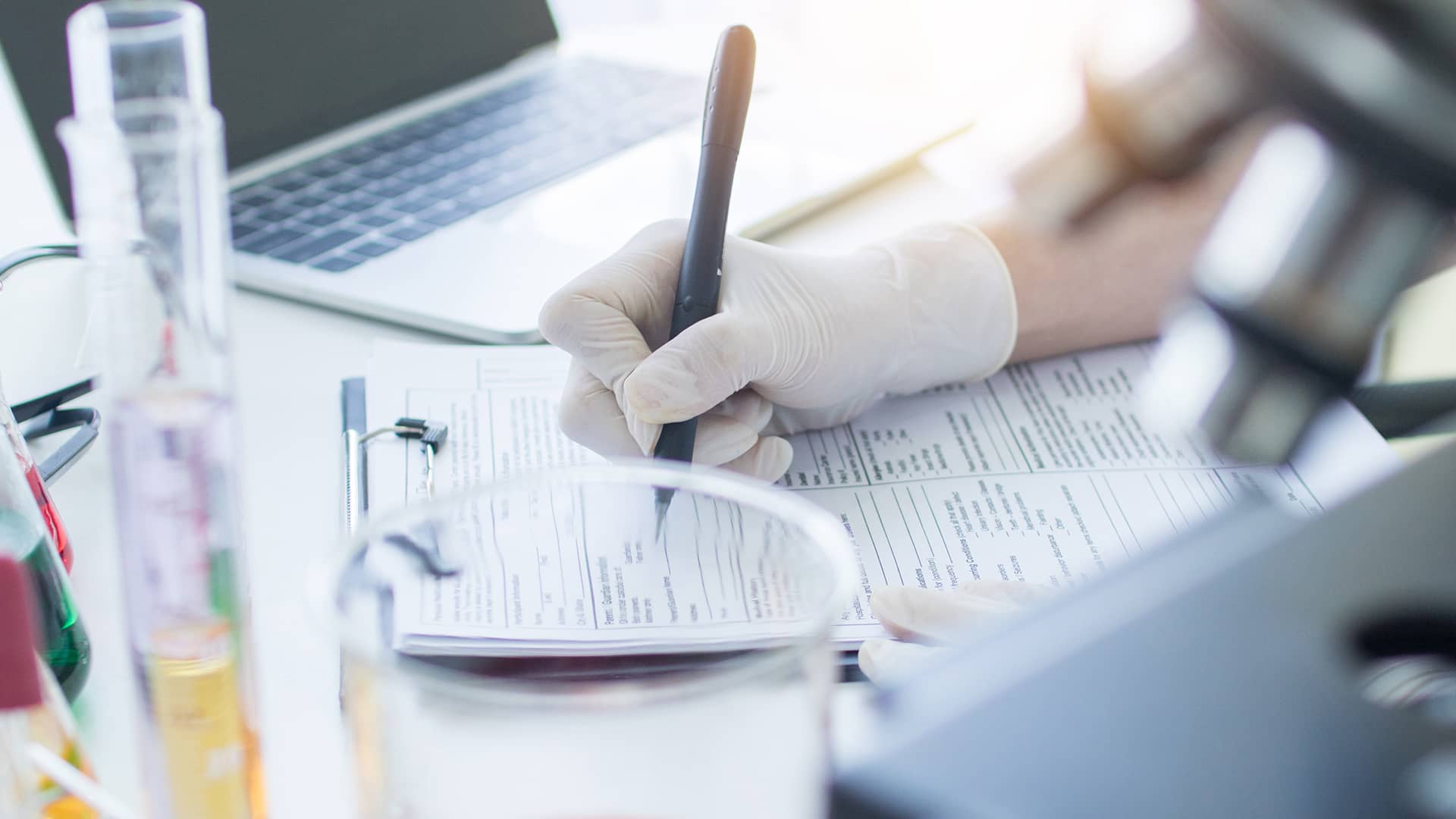Development of Micro- and Nanoplastics Reference Materials under metrological criteria
The aim of this work package is to develop Micro- and Nanoplastics (SMPs/NPs) Reference Materials (RMs) that mimic real MP particles, with relevant polymer type, shapes, sizes and degradation status, as found in food and in the environment. A cut off value of 10 µm has been chosen to better differentiate between larger and smaller plastic particles, which is used throughout all WPs.
This value was chosen in respect to the different top-down approaches for the preparation of larger (> 10 μm) and smaller plastic particles (< 10 μm). It also matches the size resolution limit of traditional and established spectroscopy techniques, such as µFTIR, to provide a further classification of the most suitable techniques for particle characterisation in the micron and sub-micron/nano range.
Furthermore, this differentiation in size classes appears to be important at the (eco)toxicological level.
The homogeneity and stability control (at least 3-month) of all prepared MPs RMs will be tested according to ISO GUIDE 35:2017(E) and determined through a combination of particle size distribution and mass values or particle numbers. An overview of the RMs collection is provided in following table.
Polymer Type | Particle Size | Measured Properties within WP1 |
|---|---|---|
PP, PET, PET fibres, tyre abrasion | 10 – 100 µm | Size distribution Shape Mass Number |
Aged PE, aged PP, aged PS | ||
PP, PET | < 10 µm | Size distribution Shape Mass Number |
Aged PE |
Leader

Main Goal
Development of representative SMPs/NPs reference materials (RM) that mimic real MP particles found in food and in the environment.
Key Outputs
- Panel of characterized candidate RM which are more relevant in terms of polymer type, shapes, sizes and degradation status;
- Homogeneity and stability control studies according to ISO GUIDE 35:2017(E).
